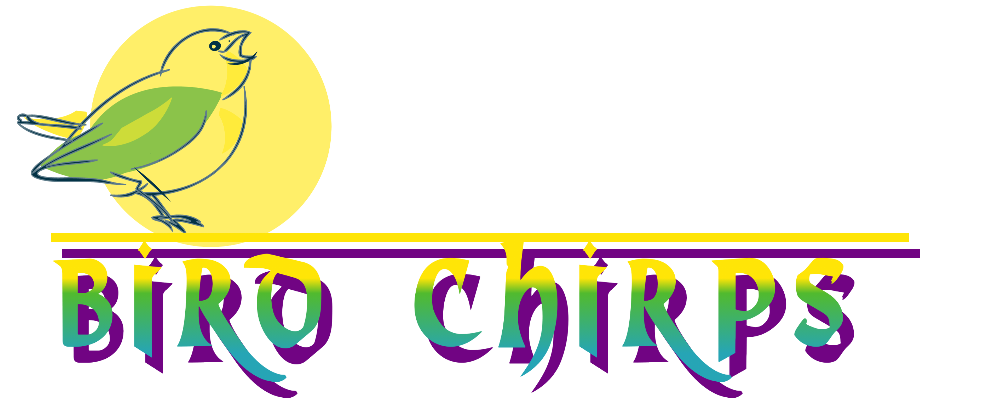There are a few infectious diseases that can affect birds in the home. Some of them can quickly become serious and even infect people, so do not hesitate to consult a specialist at the first symptoms .
The trichomoniasis is most common in pigeons, but has also been seen in parrots. It causes cheesy plaques on the tongue and pharynx, with vomiting, diarrhea and lack of appetite. It is treated with antibiotics . In advanced cases it can cause pneumonia and death.
The candidiasis is a common fungal infection in young birds reared by hand, probably incomplete development of the system immune, and in adult birds with their defenses compromised by a situation of stress, poor hygiene, unbalanced diet or after a prolonged treatment with antibiotics . The signs depend on the affected site. White patches are seen in the mouth, slow emptying of the crop, regurgitation, depression, anorexia, diarrhea (if the lower digestive tract is infected). The intestines cannot absorb nutrients, a state of malnutrition occurs and the disease becomes chronic. It is cured with antifungals, more hygiene of the environment and elimination of all sugars from the diet and correction of nutrients.
The slow emptying of the crop is usually a problem in artificially bred pigeons. It is observed that the crop has not emptied between one meal and the next. The main causes are psittacosis and polyomavirus, but they can also be diet management problems (incorrect temperature, poor condition, inadequate composition). Other less common causes are the presence of foreign bodies, impactions or stones.
Polyomavirus is a viral disease that mainly affects parrots less than 7 weeks old. It causes loss and underdevelopment of the tail feathers and wings. The digestive symptoms are vomiting, diarrhea, anorexia, depression, slow emptying of the crop. It can be fatal if it is not treated in time. Heavy bleeding is seen after intramuscular injection or if a pen is plucked and bruising on the body as a result of severe liver necrosis.
The psittacosis is a serious infection caused by Chlamydia psittaci can affect all birds and is transmitted to people and other pets, so a sick bird should be reported to public health. The clinical signs are diarrhea, oculonasal discharge, and yellow to green watery urates, although there are asymptomatic carrier birds. In people it is observed from a mild chronic constipation to pneumonia. It is recommended not to buy birds in unhealthy places and to take newly acquired birds to the vet, since it is suspected that there is a high prevalence of this disease. The approved treatment is with doxycycline for 45 days.
The bacterial enteritis can occur by non – specific bacteria such as Escherichia coli, Pseudomonas, Klebsiella, Enterobacter and Campylobacter. A small amount of these bacteria is normal in the intestines of birds, but if more than 5% are found on a fecal exam, they can be considered the cause of the diarrhea. The treatment is carried out with an antibiotic that the veterinarian will indicate according to the clinical signs and the bacteria found. Clostridium perfringens, which is a normal inhabitant of the intestine, can cause fatal diarrhea if it forms spores. This change can be observed after taking antibiotics, a stressful situation, or changes in diet. It is treated with antibiotics and the necessary support measures.
Captive birds that do not have access to the outdoors rarely get intestinal parasites during their adult lives. The most common are Giardias, which can be spread from water. They cause diarrhea and weight loss and are treated with metronidazole. It is convenient to deworm any new bird before incorporating it into the cage with others to avoid contagion
Most common digestive diseases of birds
RELATED ARTICLES


